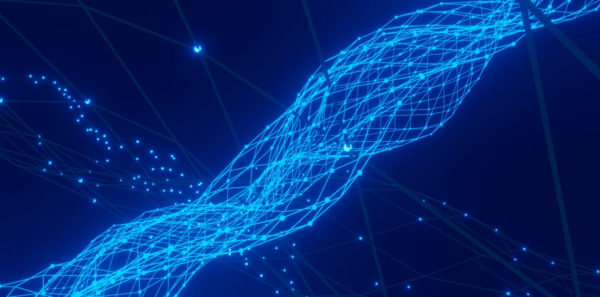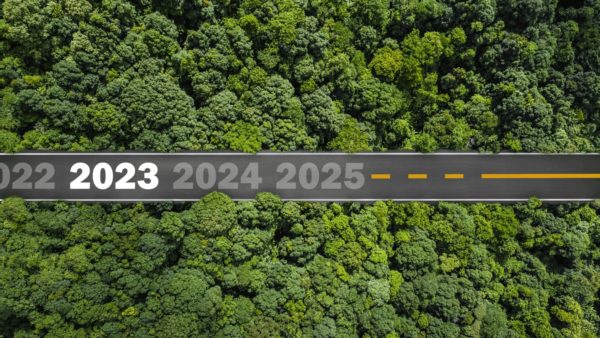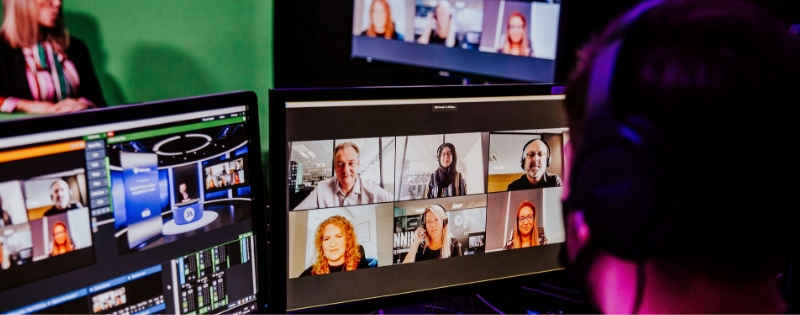In the digital-age, happy customers are key. They are loyal, they are engaged, and they make companies profitable. But in this fast-paced world, happy customers can be hard to come by.
Why? Because they want solutions to their problems instantly. They want authentic answers to their questions, real replies to their messages and reliable results for their searches without delay. And if a company is unable to meet this requirement, the customer will simply go elsewhere.
We know this because research by leading organizations including Microsoft, PwC and the IDC has produced the same, startling fact – customers today have very little patience or tolerance.
The onus is on companies to meet a consumer’s expectations, or risk losing them to a competitor.
Living in the Age of the Consumer
According to Marcus Garcia, who is RVP WEST at NICE inContact, global businesses are now living in the age of the consumer – who have more say, more choice and greater access to the information they need than ever before.
Much of that has been determined by the technology consumers now use to engage with an organization. Where customers might once have considered calling a company to solve an issue, now they want to find out how to fix it themselves. Enter the new CX buzzword: Self-service.
“They want what they want, when they want it,” Marcus explains. And if they can get it, then you have an opportunity to delight them, make them loyal and make them repeat customers, he advises.
“If we fail at that, then we risk them turning off and going someplace else. We’re in a place right now where there’s quite a lot of opportunity, but also quite a bit of risk.”
– Marcus Garcia, RVP WEST, NICE inContact
What’s Changed?
The traditional customer experience (CX) has been defined by companies relying on consumers who proactively reach out to them for help or guidance.
This might have involved an email query, a phone call or even a face-to-face meeting.
But those channels have been replaced over time by websites, virtual agents and chatbots. Customers today don’t want to ask a company for their help, they expect a company to provide an instantaneous answer.
“The customer’s journey today is different to what it has been in the past,” Marcus says. Nearly three-quarters of people will visit a website before they ever reach out to a contact centre. And why? They’re going to the website because they want the answer to their question. “They actually don’t want to talk to you unless they absolutely, positively have to and their preference is to self-serve.”
Why Self-Service Matters
- 90% of Americans cite service as a differentiating factor when deciding whether or not to engage with a brand – Microsoft
- One-third of customers will walk away after one bad experience – PWC
- Loyal customers spend an average five times more and tell an average of 9 people about a positive experience – IDC
- 8 in 10 customers are more willing to do business with companies that offer self-service options – NICE CX
- 71 per cent of businesses say chatbots and virtual agents make it easier for customers (NICE CX) but 90 per cent of consumers think chatbots/virtual agents need to get smarter before they will regularly use (NICE CX)
But what does self-service look like in a digital-first world? How can companies implement a successful self-service strategy that creates happy and loyal customers?
For many businesses, it’s about recognising traditional CX has evolved. It’s diversified, modernized, and changed with modern-day technology. Typically, a customer’s first go-to for a problem is a search engine, followed by a website. If a company doesn’t appear prominently on a search engine’s results page, the customer will go elsewhere.
Likewise, customers expect personalized responses when engaging with an organization. They expect a company to know who they are, what they want and what their previous queries have been about.
“We live in this world where 80% of customers are expecting the same level of service regardless of the channel,” Marcus adds. “Nearly two-thirds expect companies to recognize them when they reach out and why not?” he shares.
“If I’m a repeat customer, shouldn’t you know who I am? Shouldn’t you know what my size is, or what my preferences are, or what my locations are, or what my history is?”
Marcus explains that consumers expect interactions to be more personalized and they have absolutely no patience whatsoever for disconnected experiences.
Checklist for Achieving Successful Customer-First Self-Service:
- Enable customers to search for and access information they need in channels and locations where they prefer 24/7 before an interaction becomes necessary.
- Pull from a single source of truth where knowledge is always up-to-date and written in the language customers use.
- Understand where the user is coming from and offer recommendations for where they’ll need to go next.
- Provide value by linking contextually related content and providing context on why the suggested answer is the best fit.
- Personalize experiences to show only the most relevant content by using conditional content and dynamic permissions.
- Identify when self-service isn’t the best channel and proactively suggest the ideal path to a resolution.
- Optimize mobile-responsive knowledge content so customers can find what they need when searching your website or using search engines.
GDS Summits are tailored 3-day virtual event conferences that bring together business leaders and solution providers to accelerate sales cycles, industry conversations and outcomes. Regarding the CX Innovation Summit 86% of Delegates said the overall experience of Digital Summit they attended was either Above Average or Excellent and 71% of Delegates said the Digital Summit provided them with actionable outcomes to support their current initiatives.
For more, click here to hear from attendees on how GDS has helped them to achieve their business outcomes.
Continue the debate at GDS’ CX Innovation Summits where we bring together senior marketing executives who are actively seeking to share, learn, engage, and find the best solutions.
















